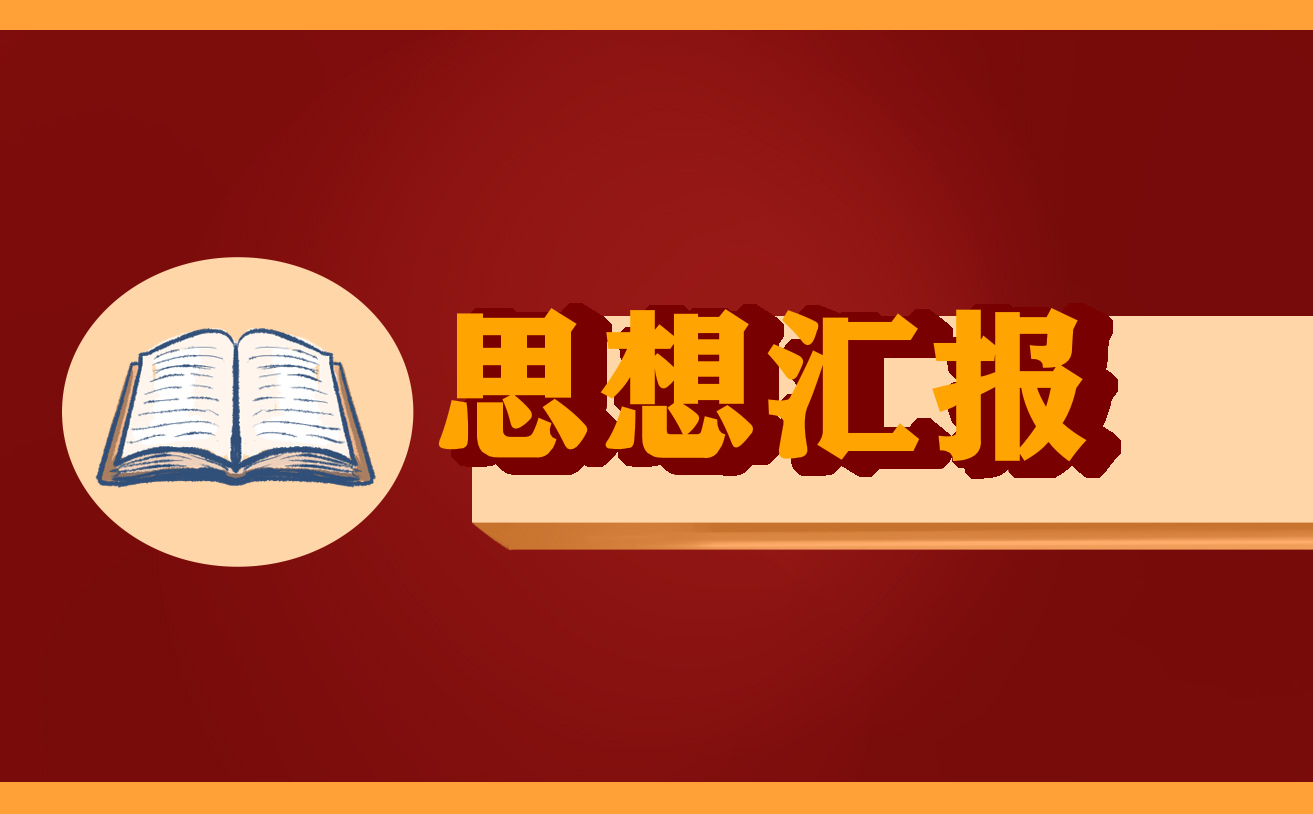下面是小编为大家整理的含油量测试方法(精选文档),供大家参考。

the property of The Timberland Company and contains confidential information that should not be copied, distributed, or disclosed without the written consent of Timberland and only be used in the manufacture of Timberland brand footwear. QA REQUIREMENT
Requirement Statement
This test method is used to determine the amount of chloroform-soluble lubricant in all types of vegetable and chrome tanned leather used in Timberland footwear.
Adequate lubrication prevents abrasion of leather fibers during flexing.
This lubrication is generally obtained from fat liqueur added at the tannery.
Some grease is also obtained from natural grease produced during the life of the animal.
1. References
1.1 ASTM Test Method D3495-83,
“Standard Test Method for Hexane Extraction of Leather.” 1.2 SATRA Test Method TM346, “Fat and Free Fatty Acids Content of Leather,” June 1994.
2. Equipment and Materials
2.1 Dry leather specimen
2.2 CX1054 OmniSolv Chloroform
2.3 Absorbent fat-free cotton
2.4 Cellulose fat-free extraction thimbles, single thickness (33mm x 80mm)
2.5 Desiccant
2.6 Analytical Balance (gram scale to nearest 0.001g)
2.7 All glass Soxhlet apparatus consisting of:
2.7.1 Boiling flask (250ml)
2.7.2 Extraction tube
2.7.3 Condenser
the property of The Timberland Company and contains confidential information that should not be copied, distributed, or disclosed without the written consent of Timberland and only be used in the manufacture of Timberland brand footwear. 2.8 Electric hot plate (3 burner)
2.9 Forced air circulating oven
2.10 Desiccator
2.11 Scissors
2.12 #2 Pencil
3.
Procedure 3.1 Switch the fume hood ON.
3.2 Plug the hot plate cord into the electric receptacle.
3.3 Cut leather specimen into approximately .125”(3.18mm) x .125”(3.18mm) pieces.
3.4 Weigh out approximately 5.800 grams of leather specimen on the gram scale.
Record the actual weight.
3.5 Write the material identification, with pencil (ONLY), on the extraction thimble and place diced leather specimen into the thimble.
3.6 Place the extraction thimble into the extraction tube.
3.7 Remove an empty dry 250ml boiling flask from the front of the desiccator (assures flask has been stored at room at room temperature (20°C) for 30 minutes minimum).
Write the material identification on the boiling flask and weigh it on the gram scale to the nearest 0.001g.
Record the weight of the flask.
NOTE:
Protective gloves and safety glasses should be worn when using Chloroform and all other laboratory chemicals to protect skin and eyes from splashing and/or spills.
3.8 Measure out 150ml of chloroform and pour into 250ml boiling flask.
Wipe any spilled chloroform on the boiling flask with absorbent towel.
the property of The Timberland Company and contains confidential information that should not be copied, distributed, or disclosed without the written consent of Timberland and only be used in the manufacture of Timberland brand footwear. 3.9 Turn on water valve and open hose release clamp to allow water to fill condenser.
Allow water to trickle from hose into drain throughout entire test.
3.10 Place the partially filled 250ml boiling flask on the hot plate testing station.
3.11 Loosen the wing nut holding the condenser and insert into the extraction tube.
Gently lower the condenser and extraction tube into the boiling flask.
Finger tighten the wing nut to secure the assembly in place.
3.12 Turn the testing station hot plate ON by setting the dial to number 8.
3.13 Set the timer for 6 hours (40 to 50 flushes at an approximate 7 - 8 minute cycle time).
If bubbling/foaming is observed in the extraction tube and/or the boiling flask, check to be sure the connection of the condenser, extraction tube and the boiling flask is sealed properly so that air is not introduced into the process.
Reseal if required.
If the leather has excess emulsifiers (surface-active agents such as soap), a foaming action usually takes place in the extraction tube and the boiling flask during the extraction process.
If this happens, ignore it, as it does not affect the overall test results.
See figure 1 for comparison test method and flush cycles.
3.14 At the end of the test, and after all solvent has flushed into the boiling flask, loosen the wing nut holding the condenser and gently separate the extraction tube and the boiling flask from the condenser. Reposition the condenser and secure in place by tightening the wing nut.
3.15 Gently separate the boiling flask from the extraction tube and set it aside.
3.16 Pour any remaining solvent from the extraction tube into the boiling flask.
Block the open end of the extraction tube to prevent the extraction thimble from slipping out.
Remove extraction thimble from extraction tube.
3.17 Replace boiling flask on the hot plate.
Loosen the wing nut holding the condenser and insert it into the extraction tube and gently lower the assembly into the boiling flask.
Tighten the wing nut to secure the assembly in place.
the property of The Timberland Company and contains confidential information that should not be copied, distributed, or disclosed without the written consent of Timberland and only be used in the manufacture of Timberland brand footwear. 3.18 Allow the solvent to reduce down to a point where the solvent just covers the bottom of the boiling flask - approximately 1½” dia. (It’s important not to burn off residuals).
As the solvent reduces down, the chloroform will distill into the extraction tube.
Do not allow the chloroform to ‘flush’.
Prior to ‘flushing’, go to step 3.19.
If there is still an excessive amount of solvent left in the boiling flask then continue back at step 3.17.
NOTE: This is a critical step.
If all liquid evaporates, then test will need to be discontinued and started over.
3.19 Distill (reclaim chloroform)
3.19.1 Before the distilled chloroform flushes into the boiling flask, loosen the wing nut holding the condenser and gently separate the extraction tube and the boiling flask from the condenser.
Reposition the condenser and secure in place by tightening the wing nut.
Turn the hot plate OFF.
Shut water valve OFF.
3.19.2 If the distilled chloroform in the extraction tube is CLEAR, pour it into the jar labeled “Distilled Chloroform”.
Separate the boiling flask from the extraction tube and set aside.
3.19.3 If the distilled chloroform in the extraction tube is discolored (NOT CLEAR), pour it into a clean boiling flask, place the flask on the hot plate burner, and set the temperature dial to #3.
Reduce the chloroform down until it completely evaporates.
(Do not allow the discolored chloroform to bubble or foam up over the top of the flask and drip into the hot plate burner, as this can result in damage to the burner heating element.
If necessary, reduce the temperature setting to a point that does not allow the bubbling or foaming to rise up over the top of the boiling flask).
3.20 Place the boiling flask with the solvent extraction that has been reduced in a 100°C (212°F) pre-heated oven for approximately 15 - 16 hours (overnight). Remove from the oven and cool to room temperature in the desiccator for approximately two (2) hours.
3.21 Weigh boiling flask with specimen on gram scale to the nearest 0.001g.
Record the weight.
the property of The Timberland Company and contains confidential information that should not be copied, distributed, or disclosed without the written consent of Timberland and only be used in the manufacture of Timberland brand footwear. 3.22 Calculate the percent oil content as follows:
((W3 - W2)*W1))*100 = %
Where: W1 = original weight of extracted leather W2 = original weight of 250ml boiling flask W3 = weight of 250ml boiling flask and matter
3.23 Clean-up
3.23.1 Pour just enough chloroform into the used boiling flask to cover the bottom and soak for about 1 hour.
Then pour used chloroform into glass beaker located under the fume hood.
3.23.2 Pour ¼ teaspoon of Alconox detergent into the used boiling flask and fill halfway with warm water soak for 1 hour.
Clean with a small bottlebrush.
Empty and rinse thoroughly with plain water.
Drain and place clean boiling flask in 100°C (212°F) oven to dry.
Store clean boiling flask in desiccator after completely dry.
Place flasks just cleaned to back of desiccator and rotate previously cleaned flasks to front of the desiccator.
4.
Reporting 4.1 Report material description, percent oil content, and any deviations from this procedure.
the property of The Timberland Company and contains confidential information that should not be copied, distributed, or disclosed without the written consent of Timberland and only be used in the manufacture of Timberland brand footwear.
Figure 1.
Oil Extraction Method/Cycle Comparison Table
Method #Hours Cycle Times # Flushes Chemical Approx. Solvent Volume 150ml 150ml Footwear Competitor 6 hours 1 5 min ± 3 min 24 times ASTM (ACLA B4) Tannery ACLA B4 Tannery 4 hours 1 5 min ± 3 min 16 times ACLA B4 Tannery 2 hours 2
min ACLA B4 Tannery 5 hours 1 5 min ± 3 min 20 times Adhesive Supplier 6 hours n/a Fed Test Method 31 1
2 hours 2 - 3 min ASTM D-3495-83 5 hours 6 min Satra CM46 4 hours 6 min Methylene Chloride Hexane 4 hours 1 2 min 20 times Chloroform Chloroform Petroleum Ether Methylene Chloride Chloroform Hexane Dichloromethane 150ml 90ml 150ml 90ml 90ml 150ml 150ml 60 times n/a 60 times 50 times 40 times







